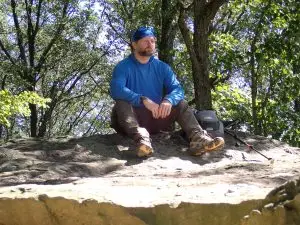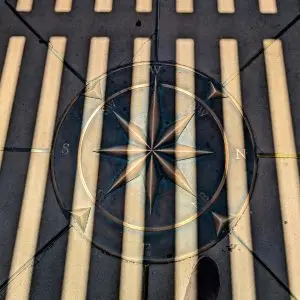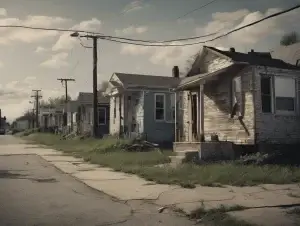
The Relentless Pace of Reentry: Making Up for Lost Time
Lost time drives returning citizens during reentry. This article explores the constant urge to move, making peace hard after prison.
Beneath the surface of America’s breathtaking natural splendor lies a complex and often-harsh truth: the daily reality of life for returned citizens. On RC Journey, I explore majestic mountains and serene forests, finding profound beauty and freedom. But in this “Reentry Realities” section, I commit to tackling the ‘ugly truth’ – the systemic barriers, the deeply personal struggles, and the immense resilience required to rebuild a life after incarceration. This isn’t just about individual stories; it’s about understanding a critical societal challenge that affects us all.
Why does this matter so deeply? Because the success of reentry impacts families, communities, and the very fabric of our society. When individuals returning home face insurmountable systemic barriers – like legal restrictions on employment or housing, or the pervasive stigma that denies a true second chance – the cycle of incarceration too often persists. This leads to higher recidivism rates, perpetuating a costly and ineffective system, rather than fostering productive citizens. It highlights how society, often unintentionally, creates hurdles that can prevent someone from truly coming home, long after they’ve walked out of the prison gate.
Beyond the external barriers, there are profound personal struggles. Years of confinement, isolation, and often trauma leave deep imprints. Relearning basic social norms, rebuilding self-worth, and trusting a world that once confined you takes immense, often invisible, effort. These internal battles can affect mental health, lead to social isolation, and make the practicalities of reentry even more daunting. Understanding these unseen struggles is crucial for fostering empathy and building truly supportive communities. The resilience required is extraordinary, and while it’s a testament to the human spirit, it also underscores the immense burden placed on individuals without adequate societal support.
In the coming articles within this section, I’ll delve deeper into the specific complexities that define this landscape. I’ll explore topics like the critical challenge of finding stable housing – a fundamental need often denied due to background checks, pushing individuals into instability and homelessness. I’ll examine the paradox of securing meaningful employment, where a desire to contribute is often met with closed doors and limited opportunities, impacting economic stability and dignity. And I’ll unpack the delicate art of navigating personal relationships after incarceration, where rebuilding trust and bridging years of separation can be one of the most emotionally demanding aspects of reentry. Each of these areas is not merely a personal hurdle, but a societal inflection point that determines whether an individual can truly reintegrate and thrive.

Lost time drives returning citizens during reentry. This article explores the constant urge to move, making peace hard after prison.

Discover how long-term planning after prison addresses systemic barriers and personal challenges in reentry journeys.

Explore the challenges and strategies in Navigating Reentry Relationships after incarceration and rebuild a fulfilling life.

Explore the challenges of returning citizens as they navigate systemic barriers and personal struggles on their journey to rebuild life.